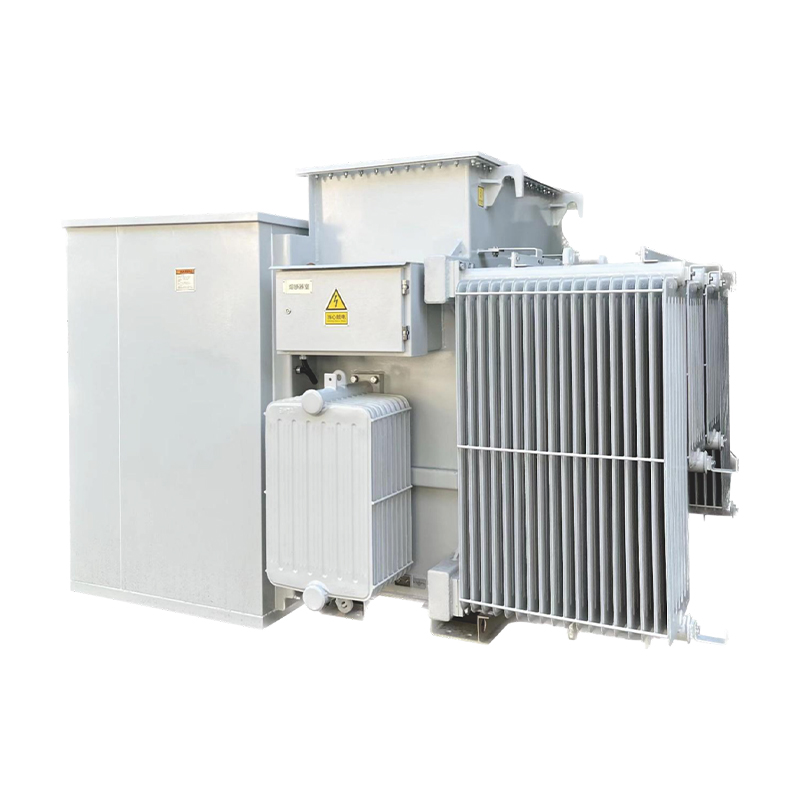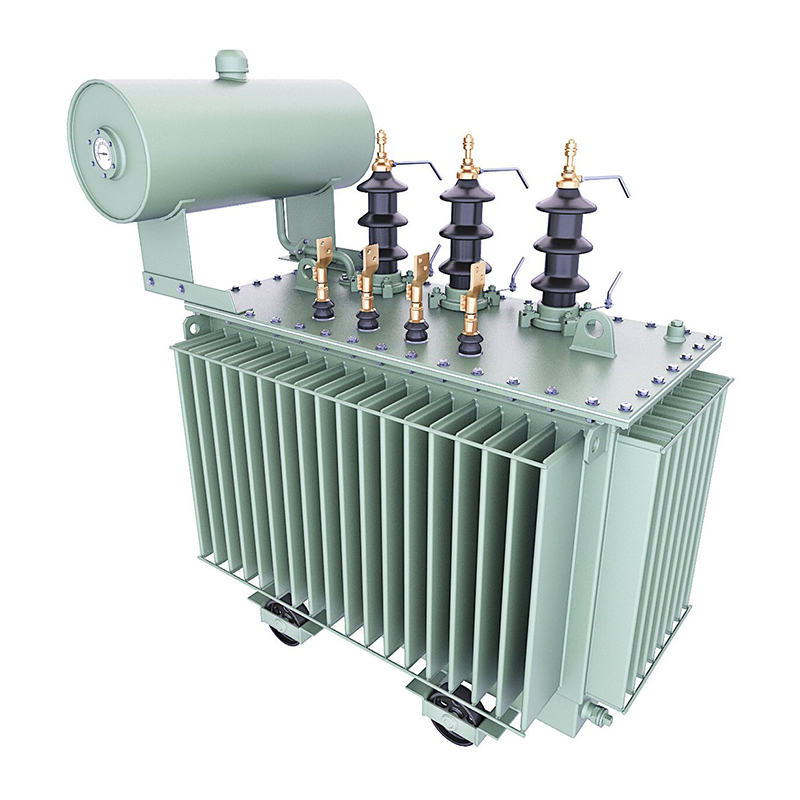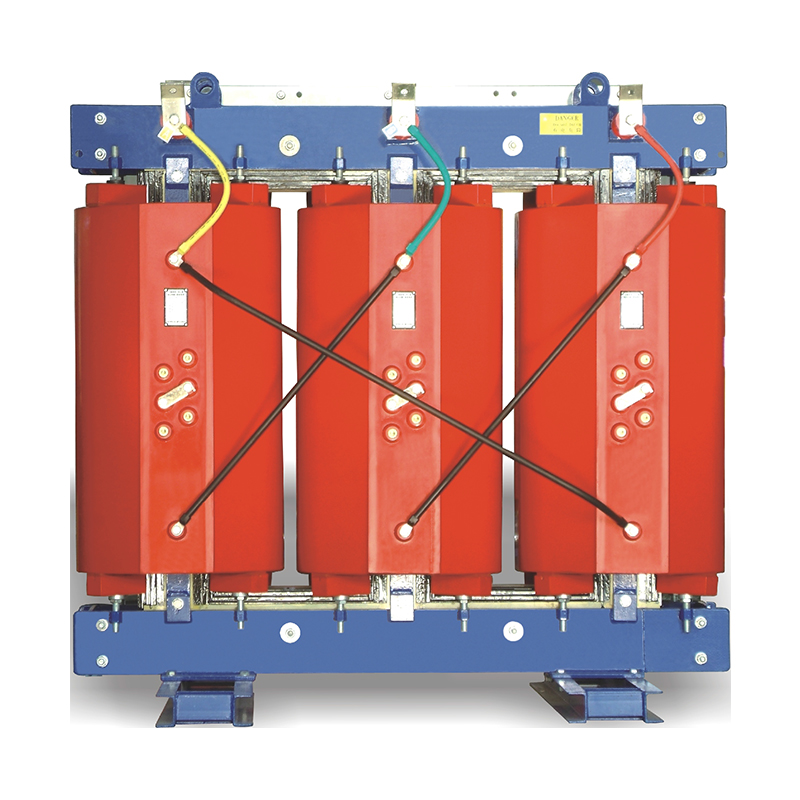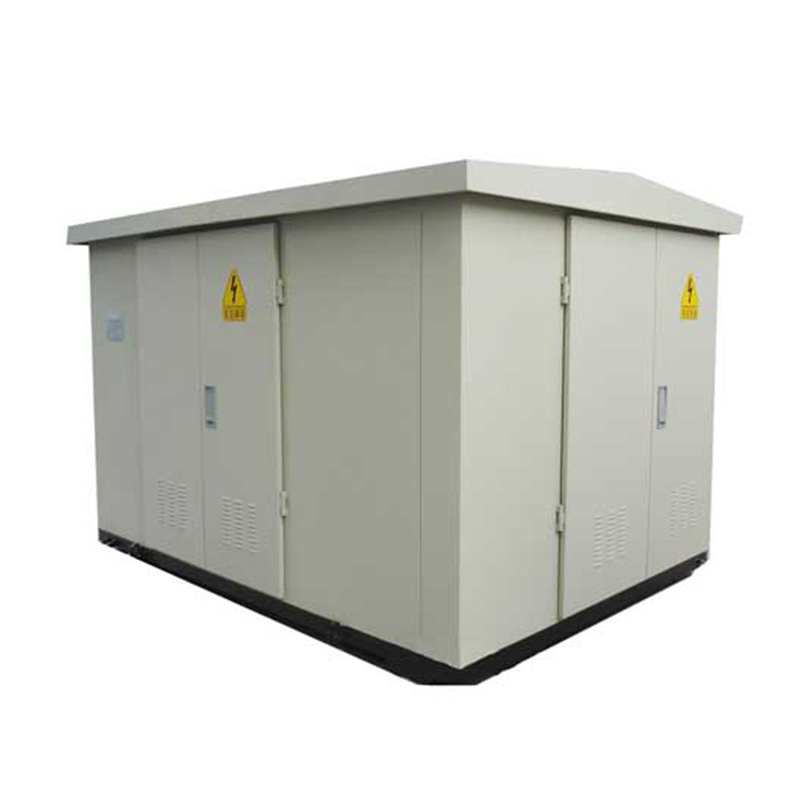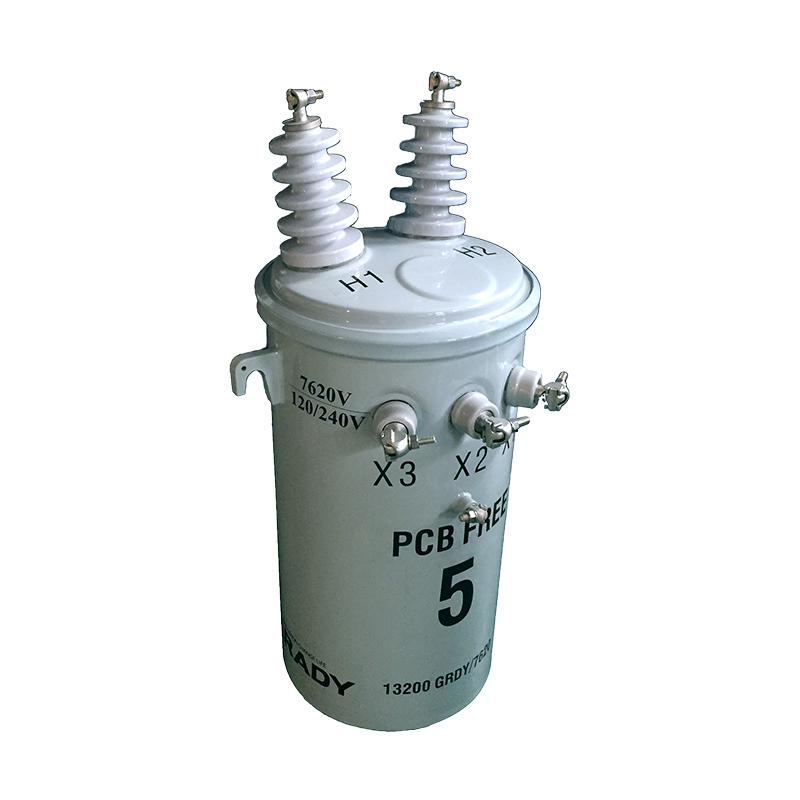Power transformers are critical assets in electrical power systems, responsible for transmitting and distributing electrical energy across various voltage levels. Their reliable operation is paramount to ensuring the stability, efficiency, and safety of the entire power grid. However, transformers are subject to gradual degradation due to factors such as thermal stress, mechanical wear, insulation aging, and environmental conditions. Unexpected failures can lead to massive economic losses, prolonged power outages, and even safety hazards.
Traditional approaches to transformer maintenance, such as scheduled inspections or reactive repairs, are often inefficient. Scheduled maintenance may result in unnecessary downtime and costs, while reactive strategies fail to prevent catastrophic failures. In recent years, the emergence of big data analytics has revolutionized predictive maintenance in the power industry. By leveraging large volumes of multi-source data, advanced analytical techniques, and real-time processing capabilities, big data analytics enables proactive fault prediction, allowing utilities to optimize maintenance schedules, reduce operational risks, and extend transformer lifespans.
This paper explores the application of big data analytics in power transformer fault prediction, examining data sources, analytical methods, practical case studies, challenges, and future trends.
Transformer failures can be categorized based on their root causes and affected components:
Insulation Failures: The most frequent type, often caused by moisture absorption, partial discharges (PD), thermal aging of paper insulation, or chemical degradation of oil. Insulation breakdown can lead to short circuits or ground faults.
Winding Failures: Resulting from mechanical stress during transportation, thermal expansion/contraction, or excessive current (e.g., during short circuits). Winding deformations or breaks disrupt current flow.
Core Failures: Occur due to core saturation, loose laminations, or corrosion, leading to increased eddy current losses and overheating.
Tap Changer Failures: Mechanical or electrical issues in on-load tap changers (OLTCs), such as contact wear or oil contamination, can cause voltage regulation failures.
The consequences of unplanned transformer failures are far-reaching:
Direct Costs: Expenses related to repairs, replacement of damaged components, and emergency labor. A single large transformer failure can cost millions of dollars.
Indirect Costs: Lost revenue for utilities, productivity losses for industrial consumers, and compensation for downtime. For example, a 24-hour outage in a metropolitan area can result in economic losses exceeding $100 million.
Grid Instability: Failures in key transformers can trigger cascading outages, affecting large geographic regions.
Safety Risks: Oil leaks, fires, or explosions from failed transformers pose threats to workers and nearby communities.
Big data in the context of
power transformers is defined by the "5Vs": Volume, Variety, Velocity, Veracity, and Value.
Volume: Transformers generate massive amounts of data daily, including real-time sensor readings (e.g., temperature, pressure), oil test results, maintenance logs, and historical failure records. A single substation may produce terabytes of data annually.
Variety: Data comes in structured formats (e.g., numerical sensor data, oil quality indices) and unstructured formats (e.g., maintenance reports, images from drone inspections, acoustic recordings of partial discharges).
Velocity: Real-time monitoring systems require data to be processed at high speeds to detect anomalies promptly. For instance, dissolved gas analysis (DGA) data must be analyzed in near real-time to identify incipient faults.
Veracity: Data quality is often compromised by noise, missing values, or sensor errors. Ensuring data accuracy is critical for reliable predictions.
Value: The primary goal is to extract actionable insights (e.g., early fault warnings) from raw data to improve decision-making.
Big data analytics integrates statistical methods, machine learning (ML), and artificial intelligence (AI) to model transformer health and predict failures. The process typically involves data collection, preprocessing, feature engineering, model training, and deployment.
Sensor Data: Real-time measurements from IoT-enabled sensors, including:
Electrical parameters: Voltage, current, power factor, and harmonics.
Thermal parameters: Top oil temperature, winding temperature, and ambient temperature.
Mechanical parameters: Vibration, pressure, and oil level.
Chemical parameters: Dissolved gases in oil (e.g., methane, ethane, ethylene, acetylene) measured via DGA.
Historical Data: Records of past failures, maintenance activities, and repair costs.
Environmental Data: Weather conditions (temperature, humidity), pollution levels, and seismic activity, which influence transformer degradation.
Operational Data: Load profiles, voltage fluctuations, and switching operations.
Raw data is rarely ready for analysis. Preprocessing steps include:
Cleaning: Removing outliers (e.g., sensor malfunctions), handling missing values (via interpolation or imputation), and correcting inconsistencies.
Integration: Merging data from multiple sources (e.g., combining sensor data with maintenance logs) into a unified dataset.
Normalization/Standardization: Scaling numerical features to ensure uniform contribution to models (e.g., normalizing temperature readings to a 0-1 range).
Dimensionality Reduction: Reducing redundant features using techniques like Principal Component Analysis (PCA) to improve model efficiency.
ML models learn patterns from historical data to predict future failures. Common algorithms include:
Transformer data (e.g., temperature, DGA values) is inherently temporal. Time series models capture trends, seasonality, and cyclic patterns:
ARIMA (AutoRegressive Integrated Moving Average): Predicts future values based on past observations, useful for short-term forecasting of parameters like oil temperature.
LSTM (Long Short-Term Memory): A recurrent neural network (RNN) variant that handles long-term dependencies in time series data, making it suitable for predicting insulation degradation over months or years.
Combining multiple techniques often yields better results. For example:
A hybrid model might use LSTM to predict DGA gas concentrations and RF to classify fault types based on these predictions.
Fuzzy logic, which handles uncertainty, is sometimes integrated with ML to improve interpretability of results.
A European utility company deployed a big data analytics platform to monitor 200+ transformers in its grid. The system collected DGA data (methane, ethylene, acetylene levels) every 24 hours and integrated it with historical failure records. A Random Forest model was trained to predict insulation degradation 3–6 months in advance.
A U.S. transmission system operator installed vibration sensors on 50 critical transformers. Vibration data (sampled at 1 kHz) was streamed to a cloud-based analytics platform, where an LSTM model analyzed patterns indicative of winding looseness or deformation.
A Japanese utility used autoencoders to analyze OLTC operation data (e.g., contact resistance, switching time). The model learned "normal" OLTC behavior and flagged deviations.
Data Quality and Integration: Inconsistent data formats across legacy systems and sensor networks hinder seamless integration. Missing or noisy data reduces model reliability.
Computational Complexity: Processing real-time data from thousands of transformers requires high-performance computing infrastructure (e.g., edge computing, cloud clusters).
Model Interpretability: Black-box models (e.g., deep neural networks) make it difficult for engineers to understand why a fault is predicted, limiting trust in recommendations.
Cybersecurity Risks: IoT sensors and cloud platforms are vulnerable to cyberattacks, which could compromise data integrity or cause false fault alerts.
Cost Barriers: Retrofitting old transformers with sensors and upgrading analytics systems requires significant upfront investment, especially for small utilities.
Digital Twins: Virtual replicas of transformers that simulate performance under varying conditions, combining real-time data with physics-based models to enhance prediction accuracy.
Edge Analytics: Processing data locally (at substations) reduces latency, enabling real-time fault detection without relying on cloud connectivity.
Explainable AI (XAI): Developing transparent ML models that provide clear reasoning for predictions, improving stakeholder trust.
Blockchain Technology: Securing data sharing between utilities, manufacturers, and maintenance teams to ensure data integrity and traceability.
Multi-Parameter Fusion: Integrating more diverse data (e.g., drone images for visual inspections, acoustic emissions) to create holistic health assessments.
Big data analytics has transformed power transformer fault prediction from a reactive to a proactive process. By harnessing the volume, variety, and velocity of transformer data, utilities can detect incipient faults early, optimize maintenance, and minimize downtime. Machine learning, time series analysis, and hybrid models have proven effective in real-world applications, delivering significant economic and operational benefits.
Despite challenges such as data quality, computational demands, and cybersecurity, ongoing advancements in AI, IoT, and edge computing promise to overcome these barriers. As the power industry continues to digitize, big data analytics will play an increasingly central role in ensuring the reliability and resilience of transformer fleets, ultimately contributing to a more efficient and sustainable energy grid.





